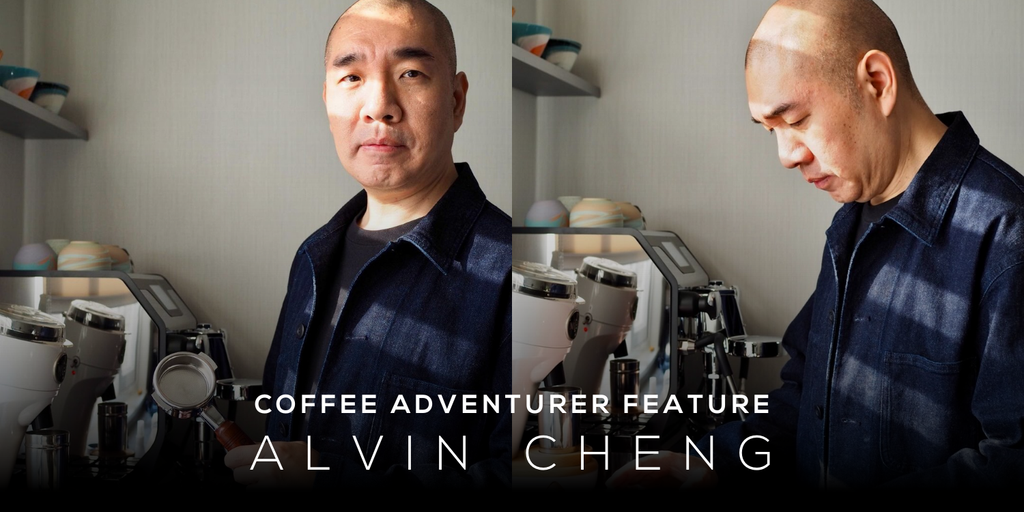In our previous blog post, we shared insight into the science and engineering behind our earliest designs. In this post, we dive deeper into the architecture of a cup, specifically ‘what makes a cup functional vs just aesthetic’.
Good design is a careful combination of both. Not only that, it’s about being innovative and intuitive–but most importantly it fulfills a larger purpose. This week, I’m really excited to share our insights into designing the World’s Best Coffee Cup.
Establishing New Ground Rules for Glass Design
To create this product, we had to consider two primary things:
(1) What are the functional goals of the cup?
(2) What are the design constraints?
To explore the functional goals, we asked ourselves: ‘how can we improve and innovate what already exists in the market?’, and ‘what intuitive features can we design to enhance a coffee drinker’s experience?’. In terms of design constraints, we had to consider aspects like: ease of cleaning, durability, and comfort.
Here’s a summary of the design goals we came up with:
- Enhanced aromatic delivery
- Improved taste and mouthfeel
- Intuitive to use
- Retains temperature for longer
- Holds the right volume of coffee
- Comfortable to hold
- Easy to clean
The Architecture of AVENSI, the World’s Best Coffee Cup

To address each of our design goals, we deconstructed the architecture of our cup to better understand how each of the physical elements of a cup impact your coffee drinking experience. Here’s how we broke it down:
Rim: This is the contact point for your lips and gives the first tactile response for your impression of the coffee. Both the thickness and the diameter of the rim play an important part in how the coffee flows onto your tongue, and ultimately how the coffee tastes. In wine culture, the ‘thinnest glass’ has been long sought after by wine enthusiasts because of how it can greatly enhance the flavor of their wine. The diameter of the rim changes how your lips form on the glass; think of a champagne flute vs a wide fishbowl shaped wine glass–your lips will form completely different shapes when you drink from these two different glasses, and this impacts the way the liquid flows onto your palate.
Chamber: The chamber represents the ‘empty’ section of the cup just above where the coffee sits in the glass. It controls the amount of aroma that can diffuse above the coffee, which is a function of the height, rim diameter, and bowl diameter. The ratio between the rim and bowl diameter play an important part in how much the aroma is focused to your nose, while the height controls how close you can put your nose to the coffee. Our theory is that a wider bowl with a smaller rim results in more intense aroma (although the perfect bowl-to-rim ratio is our secret 😉). The curvature of the chamber wall also plays an important role in controlling the speed of the coffee as you tilt the glass to drink. With near unlimited curves for the chamber wall I could write an entire essay on how this impacts the taste of your coffee (Hint: look up the Brachistochrone Principle), but I’ll save this for another update.

Bowl: This is where most of the coffee is contained, so it plays a part in the total volume of coffee in your cup. But more importantly, it dictates the surface area of your coffee that is exposed to air. Why is this important you ask? The amount of surface area is proportional to the intensity of aroma; more surface area = greater aroma. It’s the same reason why some wine glasses and whiskey snifters have such wide bowls (unless you like to pour your alcohol to the very top of the glass, then this wouldn’t apply to you… we won’t judge)
Reservoir: In our research, designing a cup with only the ‘bowl’ to contain the total volume of coffee didn’t allow for enough coffee for the average coffee drinker. So we added what we call the ‘reservoir’ to increase the total volume. We also felt that only having a ‘bowl’ shaped coffee cup would look and feel too much like a wine glass. With all of this in mind, we created this new distinctive feature and look for coffee drinkers. We also just think that the suspended coffee in a double walled glass looks really cool 😊.
Grip: The grip is the ‘outer wall’ of the double walled design; as the name implies it’s where you hold the cup. Regular single-wall glass gets way too hot to hold, so we added a second wall called the ‘grip’ to protect your hand. As you already know, this double-wall design also creates a natural vacuum around your coffee to stabilize the temperature, keeping it hot or cold for longer. Lastly, the two distinct layers of glass also allow us to get creative with how the cup looks and feels. A few weeks ago we sent a survey to get your feedback on our most recent design concepts for the ‘grip’, and we’re excited to share our latest developments in a future update!



